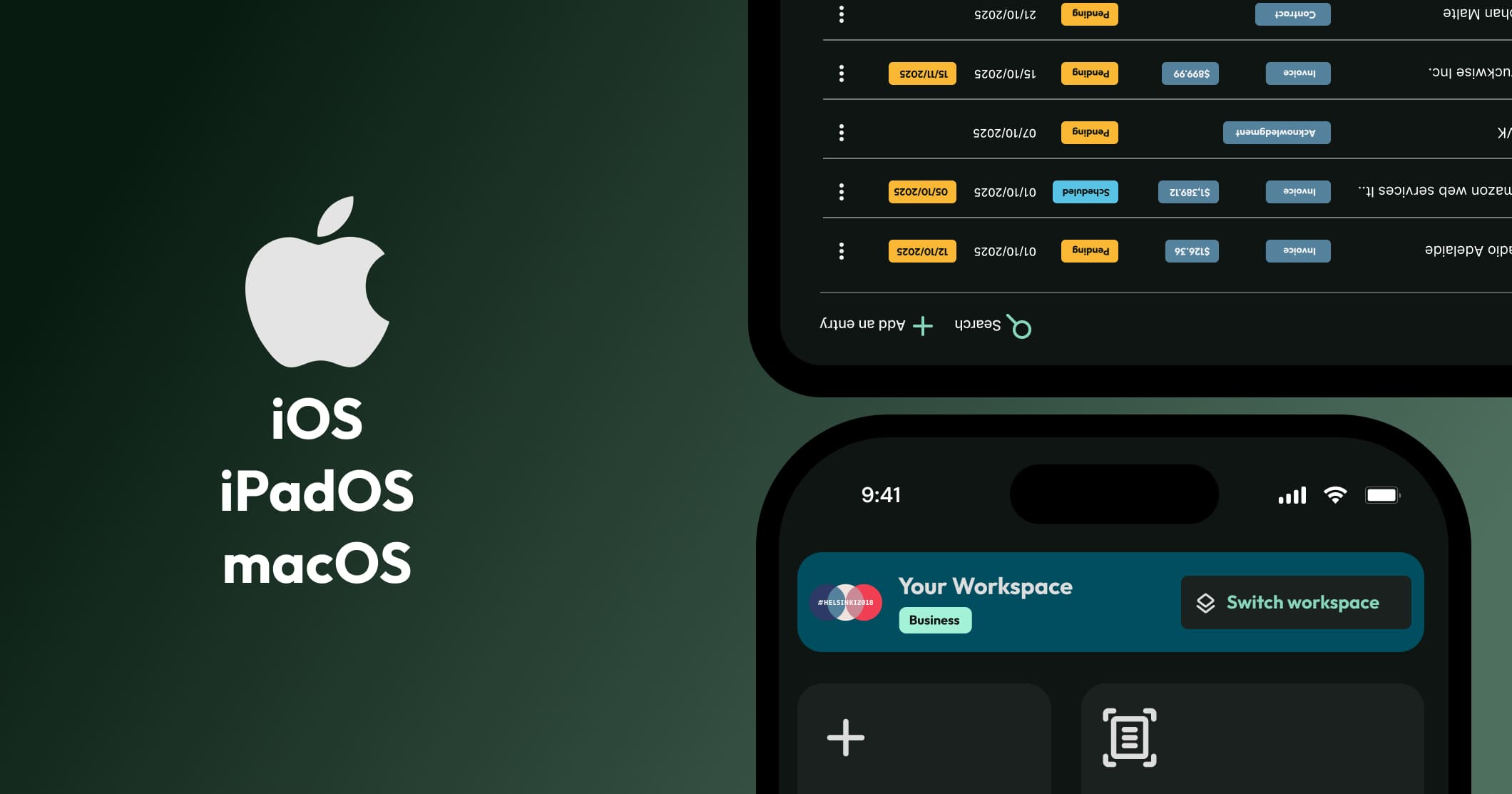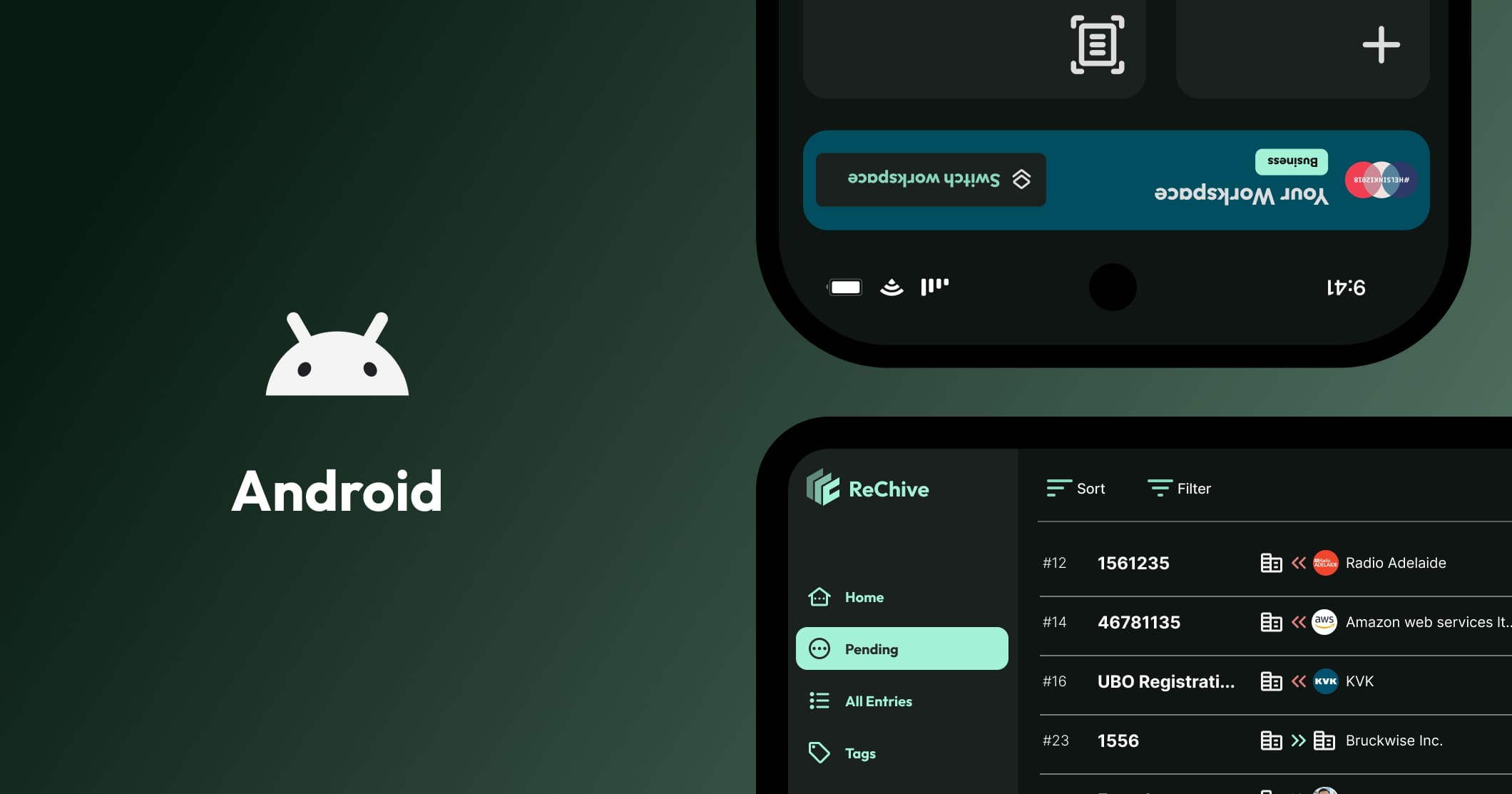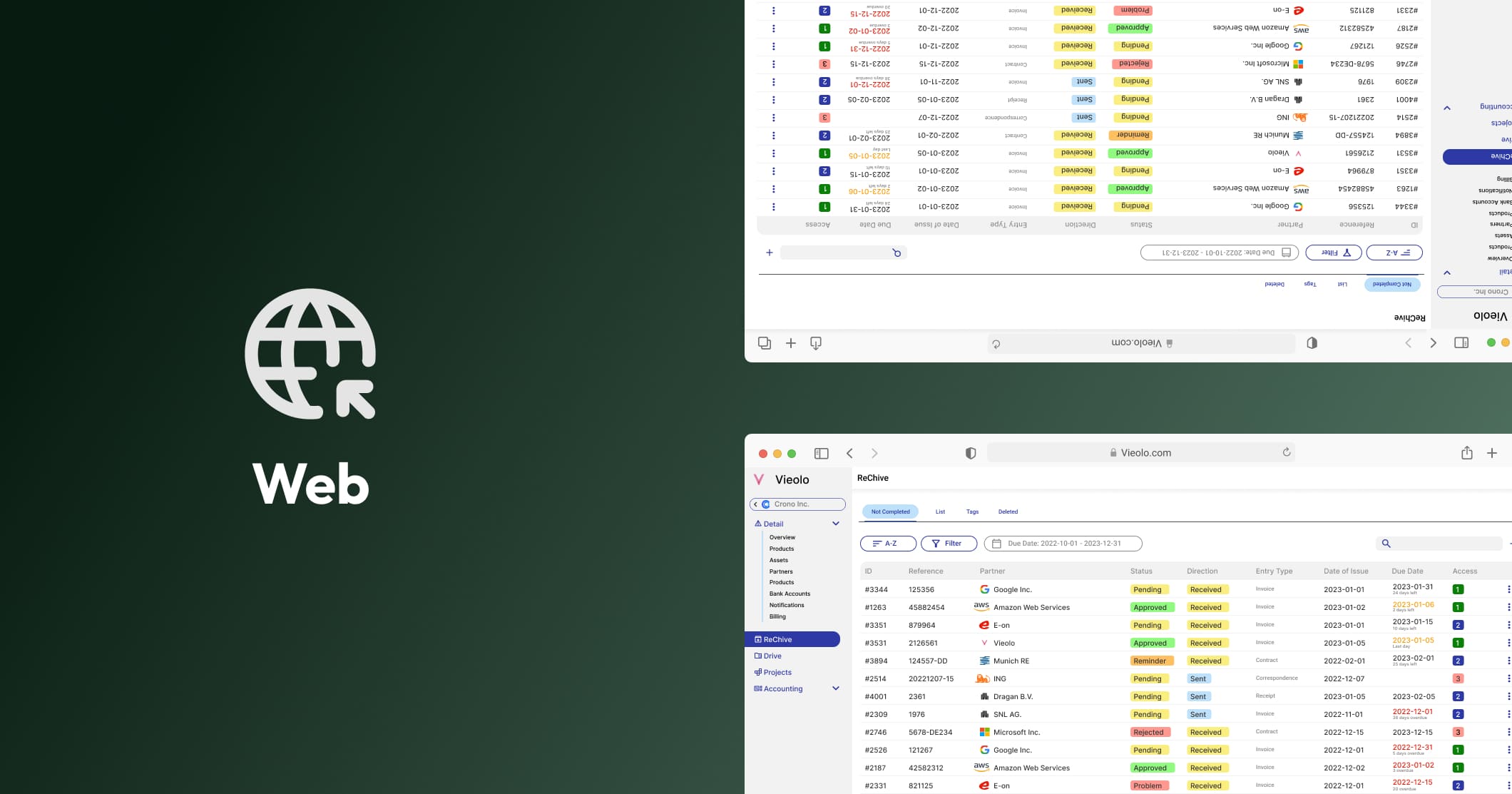How a Simple Problem Led Me to Build ReChive
We built ReChive for a robust document and communication management in your workspaces
At one point in the past, I had two different companies on two different continents with five different email accounts between them. Unsurprisingly, I was bombarded with emails and attachments. One email had an invoice, another a receipt, and yet another might have had a legal letter from a government agency. And like many people, I had a system to handle this boatload of documents.
That "system" was essentially my inbox.
After all, what could possibly happen to my inbox, right? I'd slap a label on emails that needed attention, like invoices waiting to be paid. Some of the more important documents got downloaded and re-uploaded to my Google Drive. It was messy, but it worked… sort of.
In the early days, I only needed to handle a couple of invoices or receipts per month, so it was manageable. I could vaguely remember that I had to pay an invoice on the 15th or renew a contract in June. I was cruising along.
But, of course, as my workload grew heavier, this patchwork system started falling apart.
Solving the Problem for Others
Over the past decade, I've built countless tools and solutions for clients, mostly small to medium-sized businesses. And nearly all of them struggled with the same thing: too many documents and too many small-but-important tasks to manage.
For one of the platforms I built, I ended up creating a communication-based document management system so clients could control the literal hundreds of documents they sent and received each month.
And it turned out great!
We made tweaks, adjustments, and improvements, and before long, it wasn't just a useful tool, it became a critical part of their operations, tying together multiple parts of their business.
Realizing How Much I Needed This
To be honest, I was a little envious of the tool I'd built for others.
I kept thinking, “Man, I wish I could use something like this for my own companies.”
Given that I have a borderline OCD for organizing my stuff (emphasis on borderline 😉), I could really benefit from a system like this. But the original system was tailor-made for a specific client's infrastructure, it wasn't something I could just copy over for myself.
So, I got to work.
Creating ReChive
Armed with my organizing compulsion, an avalanche of documents no human should have to deal with, and a good deal of experience solving this problem for others; I built ReChive. (It's a play on the word "archive," in case you didn't catch that.)
The idea is simple:
You receive or send a document, whether it's an invoice, receipt, contract, or just a regular letter, and you save it to ReChive. You can assign it to a person or organization, add details, and tag it for easy categorization.
When you need to find it later, you can search by reference number, filter by sender or receiver, use tags, and sort results however you like. Basically, every tool you'd need to find any document in seconds.
But here's the thing, storing documents isn't enough.
- That invoice you received still needs to be paid.
- The contract you signed has an expiration date.
- The tax letter you got has a clerical error that needs fixing.
ReChive also keeps track of those next steps. It shows you a list of incomplete entries that still need action, along with due dates. You can even create your own custom reminders to stay on top of things.
ReChive as Part of Vieolo
ReChive turned out to be an incredibly useful tool.
But there was still one problem: I liked it so much, I wanted to use it for my personal life too.
As an individual, I also receive a crap-ton of documents every month, receipts, invoices, contracts, you name it. So I took the hard route and fully integrated ReChive into the Vieolo workspaces system.
Now, every Vieolo workspace has a dedicated ReChive section to manage its documents. And, just like every other feature in Vieolo, each workspace's data is completely isolated from the others.
This meant I could finally use my personal workspace for personal documents while keeping my business workspaces separate, all under one account. No need for multiple logins or hacked-together systems. I just switch between workspaces with a click.
Bonus: I can collaborate with other people in my business workspaces to add documents, track updates, and delegate tasks too.
Dogfooding and the Experience of Others
In product development, there's a term called dogfooding, short for "eating your own dog food". It means you actively use the product you're building.
And I'm really glad that Vieolo is in a position where we rely on our own tools every day.
It's helped us find issues, improve workflows, and expand ReChive's capabilities.
But here's the thing; your experiences are incredibly important.
You'll run into situations we'd never think of. So I'd love to hear about your experiences, whether good or bad. Bugs you spot. Features you'd like. Ideas we haven't considered.
Experience for yourself
ReChive is out and you can start using it now on iOS, macOS, Android and web.



